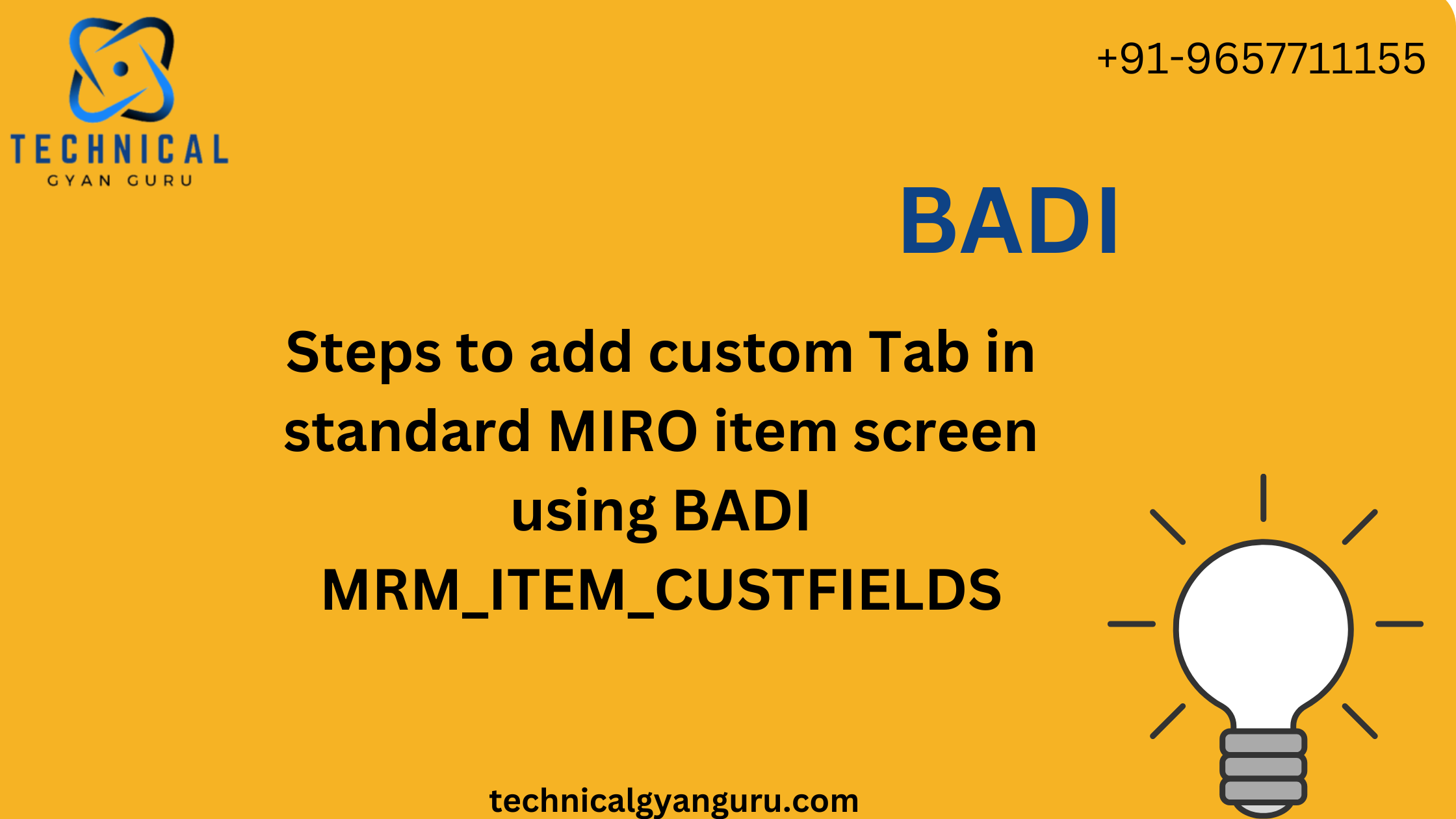
Augmented Reality Overview (SAP and Augmented Reality )
SAP and Augmented Reality: If you’ve ever used a street view service to get to know a neighborhood before you travel, or an interior decoration app to see what furniture looks like in your living room, you’ve already experienced augmented reality (AR). In entertainment, there are plenty of AR examples: filters that alter the appearance of a person in a photo, games that blend real and virtual spaces, and apps that place virtual characters within a physical environment.
But what is AR for business? It’s technology that meets specific business needs in a number of surprising and innovative ways. It’s also one of the pillars of Industry 4.0, the fourth industrial revolution that’s transforming business just as previous revolutions have in centuries past.
Expanded reality definition
Expanded the truth is an intelligent encounter that improves this present reality with PC created perceptual data. Utilizing programming, applications, and equipment, for example, AR glasses, increased reality overlays computerized content onto genuine conditions and items. This advances the client experience and transforms one’s quick environmental factors into an intuitive learning climate which is especially significant in assembling and Industry 4.0 cycles. It permits modern clients to turn into “one” with the frameworks and machines they work with, and to streamline and increase innovation and IoT networks with human inventiveness, perception, and innovativeness.
How does expanded reality function ?
Increased Reality works by superimposing computerized data onto true items to make a 3D encounter that permits clients to collaborate with both the physical and advanced universes. However, AR doesn’t and can’t exist in a storehouse; its actual worth is in being important for a cloud-associated Industry 4.0 environment that consolidates everything from enormous information to mechanized robots.
Here is an outline of the expanded reality process:
An AR-empowered gadget with a camera like savvy glasses, a tablet, or a cell phone parses a video feed to distinguish an actual item or the climate around the client, like a piece of hardware or the design of a distribution center.
A computerized twin – a 3D advanced copy of the item in the cloud – interfaces the genuine and virtual conditions. It gathers data from the actual article and advanced
The increased reality gadget then, at that point, downloads data about the item from the cloud. It superimposes computerized data over the article utilizing markers or trackers like GPS, accelerometers, direction and barometric sensors, and that’s just the beginning. This makes a section genuine, part-computerized 3D point of interaction.
Because of ongoing information moving from items, the client can communicate with the item or climate by moving around and sending orders to the cloud through a touchscreen, by voice, or with motions.
What is blended reality, or increased reality versus computer generated reality?
While the distinctions between increased, virtual and blended the truth are unpretentious, each kind of innovation communicates diversely with the genuine and virtual universes.
Computer generated Reality: Computer generated reality, or VR, eliminates individuals from this present reality and completely submerges them in a virtual world utilizing a head-mounted show or headset. In that virtual universe of symbolism and sounds, clients can move around every which way, control articles, from there, the sky is the limit. VR is in many cases utilized in medical services, engineering, and schooling.
Expanded Reality: AR upgrades, or increases, this present reality with advanced data. While expanded reality applications work through cell phones, for example, cell phones or tablets, in assembling and modern settings where it helps the client to have their hands free, glasses or headsets are the best doors to the AR experience.
Blended Reality: MR mixes creative mind and reality so clients can both see and cooperate with this present reality and the virtual climate at the same time. Consider playing a virtual computer game while drinking genuine espresso and offering a fanciful person a portion of your espresso in your game – you’re blending real factors.
What is augmented reality used for in industry?
In industry, AR can be used for everything from asset identification to knowledge transfer in the field to training. By incorporating the physical with the virtual to augment the way people work, augmented reality gives workers more information and context about the product or machines they’re working on and the world around them.
AR is commonly used in the following areas:
- Design and product development: Imagine being able to prototype virtual objects that designers and potential users can walk around and examine from every angle? Thanks to augmented reality, digital twins, and the IoT, product designers can bring products to life, test them, and adjust them before anything physical is ever built.
- Maintenance, operational control, and safety: With AR, workers can gain immediate information on any machine they’re interacting with. They can access the latest user manual or connect with an expert anywhere in the world to help them assess or repair an issue. This supports continuous production and non-disruptive performance.
- Employee and operator training and learning: Augmented reality allows employees to get trained on any machine or equipment “on demand,” turning their immediate surroundings into an ongoing learning platform. It can also provide environments and scenarios that allow employees to hone their skills while increasing productivity and safety.
- Quality control: Incorporating AR into quality control and assurance can help prevent defects during production, optimise the production process, and reduce time to market. For example, technicians wearing AR glasses can view a product and get information from IoT sensors embedded in the product components that generate information about each part and alert them to issues.
Benefits of augmented reality in manufacturing
These are some of the key benefits AR provides in industrial and manufacturing environments:
- Improved product development: Implementing AR during the design phase makes it possible for designers to respond to modern consumer demands for shorter product lifecycles and reduce costs associated with prototyping.
- Simplified processes: Visualised workflows offering step-by-step instructions can support predictive troubleshooting while reducing mistakes that cause rework and speeding up complex assembly tasks for workers.
- Streamlined warehouse management: AR can save time by managing inventory levels, guiding product picking, minimising downtime by making it easier for technicians to diagnose and fix problems, and enhancing employee training.
- Increased worker engagement: Because AR is a relatively new technology, the immersive quality of the 3D experience and the ability to learn by virtually doing is still novel for workers which boosts their engagement with the task at hand.
- Reduced risk: AR doesn’t just replace the work or function of real equipment and people; it also creates a safe, experiential learning environment that allows workers to practice tasks virtually without risk. This improves worker safety, inspection, training, and workflow.
Conclusion :
In conclusion, the integration of SAP and Augmented Reality marks a transformative chapter in business operations. The synergies created lead to enhanced user experiences, streamlined processes, and a glimpse into the future of technological collaboration.
Frequently Asked Questions (FAQs)
- Is the integration of SAP and AR applicable to all industries?
- Yes, the flexibility of SAP and AR integration makes it adaptable to various industries, from manufacturing to healthcare.
- How can businesses overcome resistance to change during the integration process?
- Effective communication, training programs, and showcasing the tangible benefits can help alleviate resistance to change.
- What security measures are in place to protect sensitive information in SAP and AR integration?
- Robust encryption, access controls, and regular security audits are essential measures to safeguard sensitive data.
- What is the expected timeline for businesses to see a return on investment after integrating SAP and AR?
- The timeline varies but businesses can generally expect to see positive returns within a reasonable timeframe, depending on the scale of integration.
- Are there any specific environmental benefits associated with SAP and AR collaboration?
- Yes, by optimizing processes and reducing waste, businesses contribute to environmental sustainability efforts.







